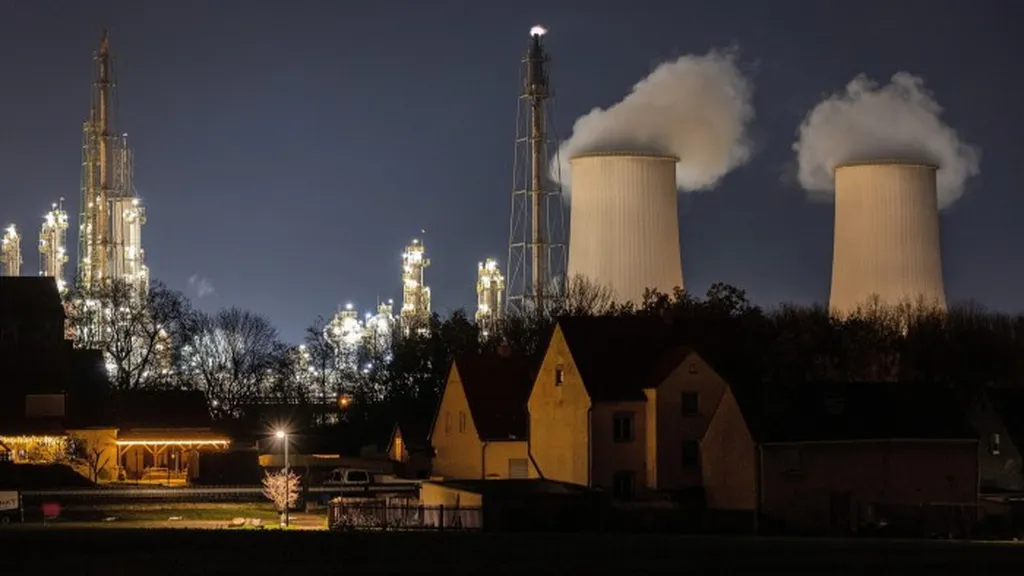In a groundbreaking study published in *Nature Communications*, researchers have uncovered how forests in Europe are increasingly cooling the local climate, a trend that could have significant implications for the energy sector and climate policies. Led by Yitao Li from the State Key Laboratory of Resources and Environmental Information System at the Institute of Geographic Sciences and Natural Resources Research, Chinese Academy of Sciences, the study reveals that the cooling effect of forests is intensifying, particularly during summer, as forests prove more resilient to soil dryness compared to open lands.
The research, which analyzed satellite observations over the past two decades, found that the daytime cooling effect of forests has strengthened by 0.188 degrees Celsius per decade during summer. This trend is attributed to the forests’ ability to maintain physiological and hydrological resilience amid increasing soil dryness. “Forests are acting as natural air conditioners, mitigating the impacts of rising temperatures,” Li explained. “This cooling effect is becoming more pronounced as climate change progresses.”
During winter, the study observed a different but equally significant trend. The potential warming effect of forestation, which occurs due to surface darkening, is weakening and even reversing to a cooling effect of 0.142 degrees Celsius per decade. This shift is linked to decreasing snow cover, as forests show less pronounced surface darkening trends compared to open lands. “The interaction between forests and snow cover is a critical factor in understanding the local climate effects,” Li noted. “As snow cover diminishes, the cooling effect of forests becomes more evident.”
The findings are broadly supported by state-of-the-art earth system models, although the researchers acknowledge substantial inter-model variability. This variability underscores the complexity of predicting local climate effects and the need for further research. “Our study highlights the dynamic nature of biophysical effects and the importance of considering these dynamics in comprehensive forest-related climate policies,” Li emphasized.
For the energy sector, these insights could be transformative. As forests increasingly cool local climates, they may reduce the demand for energy-intensive air conditioning, particularly during summer months. This natural cooling effect could lead to significant energy savings and lower carbon emissions. Additionally, the study’s findings could inform forest management practices, encouraging the strategic planting of forests to maximize their cooling benefits.
The research also underscores the need for continued monitoring and modeling of forest-climate interactions. As climate change accelerates, understanding these dynamics will be crucial for developing effective mitigation strategies. “The cooling effect of forests is a valuable resource that we need to harness and protect,” Li concluded. “This study provides a foundation for future research and policy decisions that can leverage the natural cooling benefits of forests.”
Published in *Nature Communications*, which translates to *Nature Communications* in English, the study offers a compelling narrative of how forests are adapting to climate change and the potential benefits they offer. As the world grapples with rising temperatures, the insights from this research could shape the future of forest management and energy policies, paving the way for a more sustainable and resilient future.

